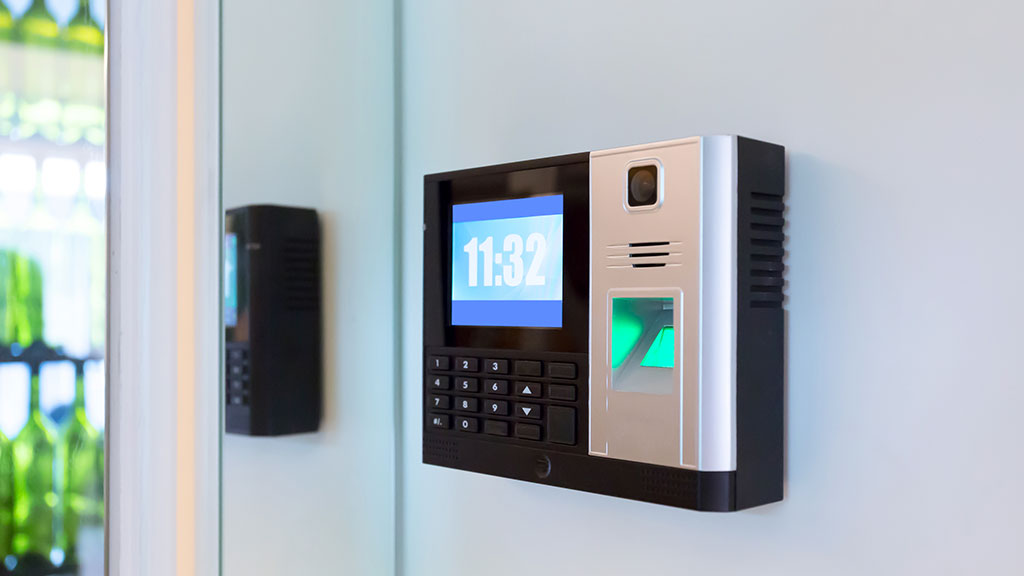Replacing dated, high-risk door locks with an electronic access control system is one of the best ways to upgrade the security technology at any organization. But for enterprises that are ready to move on from standard access control to even more advanced solutions, there’s biometric access control. These systems come in a variety of options, making it easy for an organization to identify building occupants by any number of biological indicators. Let’s discuss what biometric access control is, followed by the various applications in which it may be used.
What is Biometric Access Control?
Powered by infrared technology, biometric access control authenticates the identity of individuals based on biological components. Depending on the application in which it is used, biometric access control could be deployed as facial recognition technology, finger geometry scanning (AKA fingerprint scanning) or retina scanning (AKA eye scanning). Any of these methods can confirm the identity of employees and other approved entrants to the property quickly and precisely, even in compromised lighting conditions. Furthermore, it can do this when people are entering as a group or steady stream. This is ideal for large organizations where many employees are entering at the same time, in addition to government buildings and other public facilities.
Biometric Access Control Applications
Biometric access control can be a good fit for a variety of applications: everything from government, to higher education, to hospitality, to childcare. Whether it’s to authenticate identities at courthouses or day care centers, there are important security needs in every community that biometric access control can fill. Whether your organization has those needs is up to you, but would love the opportunity to answer your questions.
About IBS Electronics & Security
Headquartered in Springfield, MA with operations in Connecticut, New Hampshire, Vermont & Maine, IBS is a full-service security systems integrator providing Burglar Alarms, Fire Detection, Video Surveillance, Access Control and Audio/Video Communications.


